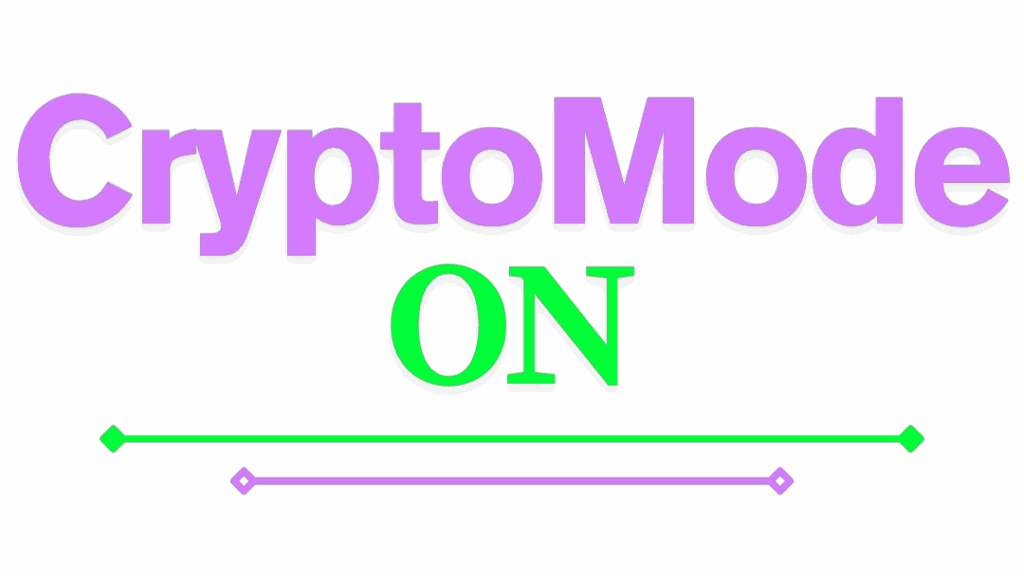Navigating the world of personal loans can be daunting, especially when faced with varying interest rates and complex financial jargon. Understanding the rate applied to a credit is crucial for making informed borrowing decisions, whether you’re comparing new offers or looking to refinance existing debt. This article aims to demystify personal loan interest rates, offering you valuable insights.
Understanding TAN and APR in Personal Loans
When assessing personal loan offers, distinguishing between the Nominal Interest Rate (TAN) and the Annual Percentage Rate (APR) can clarify your financial obligations. TAN represents the basic interest cost, providing insight into what you’ll pay on your principal amount. However, the APR includes additional fees, such as processing or origination costs, for a more complete outlook.
The APR acts as a more all-encompassing metric, showing your true cost over the loan term. When comparing loans from different providers, concentrating solely on the TAN may overlook essential expenses that contribute to your total payout. A side-by-side comparison of APRs can unmask hidden costs not evident through TAN alone.
Understanding the difference between TAN and APR empowers borrowers by providing a fuller picture of the actual financial burden. This knowledge lets you weigh your choices accurately and protect against unexpected expenses. Thoroughly analyzing both rates allows you to make more informed decisions, ensuring your long-term financial well-being.
Variability in Interest Rates Across Banks
Interest rate variability between lending institutions is a crucial aspect to consider when seeking a personal loan. Banks use distinct methodologies to determine rates, often considering factors like their operational costs and market conditions. As rates differ significantly, shopping around can help you identify the most competitive option that best suits your needs.
The interest rate’s variability is not limited to financial institution policies; individual circumstances also play a role. Personal attributes such as credit score, income stability, and debt-to-income ratio can impact the offered interest rate. Understanding these factors is vital for predicting potential interest rates during your loan application process.
To navigate the interest rate landscape effectively, it’s essential to compare multiple lenders and consider your financial profile’s influence. By doing so, borrowers can maximize their potential for securing attractive loan terms. This level of diligence can lead to cost savings and favorable loan conditions tailored to your financial scenario.
The Role of Negotiation in Securing Better Rates
Entering the personal loan market, many borrowers may not realize the role negotiation can play in securing favorable rates. Contrary to popular belief, not all loan terms are fixed, and lenders may be open to discussions on interest rates. Exhibiting confidence and preparation can make negotiation a viable path to cost savings.
Being informed about your financial credentials can offer leverage in rate discussions. Presenting strong financial documentation, such as a high credit score and stable employment history, can position you as a low-risk borrower. This leverage can set the stage for a more favorable negotiation outcome, potentially lowering your overall cost.
Preparation is key when approaching loan negotiations. Researching market rates, understanding your borrowing options, and proactively engaging with lenders can result in better terms. The willingness to explore different lenders and negotiate terms underscores your commitment to securing the best possible loan arrangement for your financial health.
Evaluating Loan Deals Beyond Just the Rates
While interest rates are a pivotal component of loan agreements, it’s crucial to examine personal loans beyond just these figures. Hidden fees and ancillary costs may accompany lower rates, ultimately increasing your financial burden. Evaluating the entire loan structure ensures you are not swayed solely by attractive rates.
These additional costs can arise from various sources, such as upfront fees, late payment penalties, or insurance add-ons. Recognizing the full scope of potential expenses will aid in comparing different loan products effectively. Choosing a loan involves balancing interest rates with associated fees and terms for comprehensive financial understanding.
To ensure you receive favorable terms, request detailed loan disclosures that outline all fees and conditions. This comprehensive approach leads to informed decision-making, safeguarding against unexpected charges. By focusing on more than just interest rates, borrowers can better assess the true cost and benefits a loan offers.
Strategies for Making Informed Borrowing Decisions
Achieving financial success through borrowing involves strategic decision-making rooted in informed analysis. Understanding loan terminology, like APR and TAN, enhances your ability to evaluate and compare offers. Armed with knowledge, borrowers can scrutinize loan terms, assess associated costs, and determine the best option that aligns with financial goals.
Another critical strategy is analyzing personal financial situations to align with loan offers. Thoroughly assessing your budget, income stability, and repayment ability can prevent overextension. Lenders may be more willing to extend favorable terms to borrowers demonstrating financial prudence and capacity to meet repayment obligations responsibly.
Finally, cultivating borrower awareness by continuously educating yourself on financial products and market trends can demystify the borrowing process. Proactively seeking financial advice, reading reviews or finance blogs, and consulting with experts will sharpen your borrowing acumen and confidence, leading to better financial well-being and decision-making.
Conclusion
Navigating personal loans demands a clear understanding of interest rates, including TAN and APR, allowing borrowers to make well-informed decisions. Recognizing the variability of rates between lenders and the importance of negotiation further enhances one’s ability to secure favorable terms and potentially lower overall costs.
By evaluating loans beyond mere interest rates and considering hidden fees, borrowers can avoid unforeseen financial burdens. Equipping yourself with comprehensive financial knowledge and carefully assessing personal circumstances ensures a more strategic and confident approach to borrowing, leading to sound financial decisions and long-term financial well-being.
